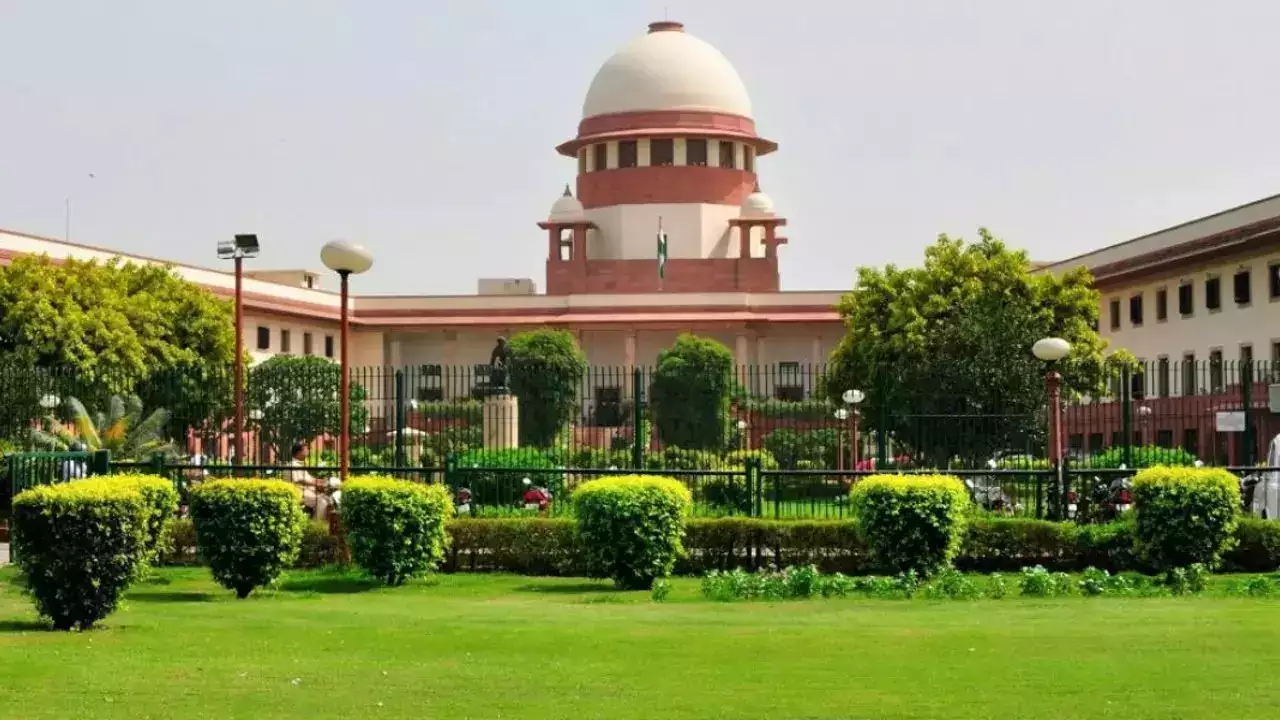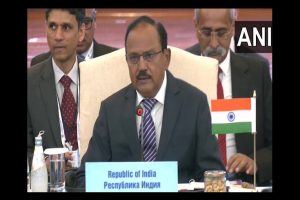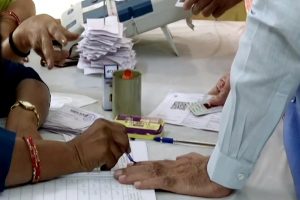In an important judgment unsettling the perceived homogeneity in the Scheduled Castes and Scheduled Tribes for the purposes of reservation, a seven-judge Constitution bench of the Supreme Court ruled by a majority of 6:1 on Thursday that Scheduled Castes are not a homogeneous group and the sub-classification amongst them is permissible for extending the benefits of the affirmative action to the most deprived sections amongst them.
Holding that Scheduled Castes are not a homogeneous group and sub-classification for extending the benefits of reservation was permissible, Chief Justice D.Y. Chandrachud, speaking for himself and Justice Manoj Misra, said that the 2004 judgment by a five-judge Constitution bench holding that the sub-classification amongst the Scheduled Castes and Scheduled Tribes was impermissible was not a correct law and overruled it.
In 2004, in the case of E.V. Chinnaiah vs State of Andhra Pradesh, a five-judge Constitution bench of Justice Santosh Hegde, Justice S.N. Variava, Justice B.P. Singh, Justice H.K. Sema, and Justice S.B. Sinha had held that the sub-classification amongst Scheduled Castes was impermissible.
Finding no legal infirmity with the sub-classification amongst the Scheduled Castes, Chief Justice Chandrachud said, “The objective of any form of affirmative action, including sub-classification, is to provide substantive equality of opportunity for the backward classes. The State can sub-classify, inter alia, based on inadequate representation of certain castes. However, the State must establish that the inadequacy of representation of a caste/group is because of its backwardness.”
Having said this, the court said, “The State must collect data on the inadequacy of representation (of most deprived amongst the Scheduled Castes) in the “services of the State” because it is used as an indicator of backwardness.”
Justice B.R. Gavai, Justice Vikram Nath, Justice Pankaj Mithal, and Justice Satish Chandra Sharma delivered separate judgments but concurred with the majority judgment pronounced by Chief Justice Chandrachud.
The majority view also said that any sub-classification of Scheduled Castes to extend the benefits of reservation could not be without empirical data backing any sub-classification. While applying the principles of equality amongst unequal, the top court said that 100% benefit of reservation would not go to the sub-group that would be pushed for getting the benefits of reservation/affirmative action.
“… However, while providing for sub-classification, the State would not be entitled to reserve 100% of seats available for Scheduled Castes in favour of a subclass to the exclusion of other castes in the List,” Justice Gavai said in a separate but concurring judgment.
Justice Gavai even spoke about the creamy layer amongst the Scheduled Castes but said that the criterion for the identification of the creamy layer amongst the Scheduled Castes will be different from the one amongst the Other Backward Classes.
“… The criteria for exclusion of the creamy layer from the Scheduled Castes and Scheduled Tribes for the purpose of affirmative action could be different from the criteria applicable to the Other Backward Classes,” Justice Gavai said in the conclusion of his judgment.
Referring to the earlier judgments of the Supreme Court, Justice Gavai said, “… Even if we assume that Articles 341 and 342 empower Parliament to exclude the creamy layer from the groups or sub-groups contained within the lists notified under Articles 341 and 342, constitutional courts, applying Articles 14 and 16 of the Constitution would be entitled to exclude the creamy layer. It has been held that the constitutional courts, when applying the principle of reservation, will be well within their jurisdiction to exclude the creamy layer from such groups or subgroups when applying the principles of equality under Articles 14 and 16 of the Constitution of India.”
Justice Bela M. Trivedi, in her dissenting judgment, while referring to the judicial precedents, said that a three-judge bench (in the instant case) when referring the matter to a larger bench questioning the correctness of the 2004 five-judge Constitution bench judgment did not frame questions for reference as to why the 2004 judgment was incorrect in law.
Stating that the States have no legislative competence to enact the law for providing reservation or giving preferential treatment to a particular caste/castes by dividing/sub-dividing/sub-classifying or regrouping the castes, races or tribes enumerated as the “Scheduled Castes”, Justice Bela Trivedi said, “Under the guise of providing reservation or under the pretext of taking affirmative action for the weaker of the weakest sections of the society, the State cannot vary the Presidential List, nor can tinker with Article 341 of the Constitution.”
Holding that Article 14 of the Constitution permits sub-classification of a class that is not similarly situated for the purpose of the law, Chief Justice Chandrachud said, “The Court, while testing the validity of sub-classification, must determine if the class is a homogeneous integrated class for fulfilling the objective of the sub-classification. If the class is not integrated for the purpose, the class can be further classified upon the fulfilment of the two-prong intelligible differentia standard.”
The Chief Justice further said, “Sub-classification within the Scheduled Castes does not violate Article 341(2) because the castes are not per se included in or excluded from the List. Sub-classification would violate the provision only when either preference or exclusive benefit is provided to certain castes or groups of the Scheduled Castes over all the seats reserved for the class.”
Advertising to the historical evidence, the Chief Justice in his judgment said, “Historical and empirical evidence demonstrates that the Scheduled Castes are a socially heterogeneous class. Thus, the State in the exercise of the power under Articles 15(4) and 16(4) can further classify the Scheduled Castes if (a) there is a rational principle for differentiation, and (b) the rational principle has a nexus with the purpose of sub-classification.”
The judgment by a 7-judge Constitution bench came while answering a reference by a five-judge Constitution bench relating to the right to equal opportunity guaranteed by the Constitution. The principal issue is whether sub-classification of the Scheduled Castes for reservation is constitutionally permissible.
The genesis of the reference is rooted in the challenge to the Punjab Scheduled Castes and Backward Classes (Reservation in Services) Act 2006. The Punjab law was aimed at providing reservation in services to the members of the Scheduled Castes and Backward Classes and for matters incidental thereto. The law was set aside by the Punjab and Haryana High Court. Finally, in 2011, it reached the Supreme Court in an appeal by the Punjab government against the High Court judgment.












